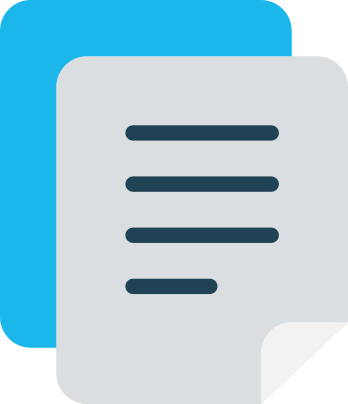Keyphrase Extraction Using TextRank for Indonesian Text
Abstract
Full Text:
PDFReferences
Asrori, R. B., Setyawan, R., & Muljono, M. (2020). Performance analysis graphbased keyphrase extraction in Indonesia scientific paper. Proceedings - 2020 International Seminar on Application for Technology of Information and Communication: IT Challenges for Sustainability, Scalability, and Security in the Age of Digital Disruption, ISemantic 2020, 185–190. https://doi.org/10.1109/iSemantic50169.2020.9234231.
Mothe, J., Ramiandrisoa, F., Rasolomanana, M., Mothe, J., Ramiandrisoa, F., & Rasolomanana, M. (2020). Automatic keyphrase extraction using graph-based methods To cite this version : HAL Id : hal-02640988.
Abdurrohman. (2018). Evaluasi Algoritma Textrank pada peringkasan teks berbahasa indonesia. 4–16.
Bałcerzak, B., Jaworski, W., & Wierzbicki, A. (2014). Application of textrank algorithm for credibility assessment. Proceedings - 2014 IEEE/WIC/ACM International Joint Conference on Web Intelligence and Intelligent Agent Technology - Workshops, WI-IAT 2014, 1, 451–454. https://doi.org/10.1109/WI-IAT.2014.70.
Diana Permata Sari; Ayu Purwarianti. (2014). Ekstraksi Kata Kunci Otomatis Untuk Dokumen Bahasa Indonesia Studi Kasus: Artikel Jurnal Ilmiah Koleksi Pdii Lipi. Baca: Jurnal Dokumentasi Dan Informasi, 35(2), 139–147. https://doi.org/http://dx.doi.org/10.14203/j.baca.v35i2.192
Pramudita, H. R., Utami, E., & Amborowati, A. (2016). Pengaruh Part of Speech Tagging Berbasis Aturan dan Distribusi Probabilitas Maximum Entropy untuk Bahasa Jawa Krama. Jurnal Buana Informatika, 7(4), 235–244. https://doi.org/10.24002/jbi.v7i4.764.
Dinakaramani, A., Rashel, F., Luthfi, A., & Manurung, R. (2014). Designing an Indonesian part of speech tagset and manually tagged Indonesian corpus. Proceedings of the International Conference on Asian Language Processing 2014, IALP 2014, 66–69. https://doi.org/10.1109/IALP.2014.6973519.
Wicaksono, A. F., & Purwarianti, A. (2010). HMM based part-of-speech tagger for Bahasa Indonesia. In Fourth International MALINDO Workshop, Jakarta. Fourth International MALINDO …, June. https://www.researchgate.net/profile/Alfan-Farizki-Wicaksono/publication/209387036_HMM_Based_Part-of-Speech_Tagger_for_Bahasa_Indonesia/links/04d39ed44efdacf36e3af1a2/HMM-Based-Part-of-Speech-Tagger-for-Bahasa-Indonesia.pdf
Mihalcea, R., & Tarau, P. (2004). TextRank: Bringing order into texts. Proceedings of the 2004 Conference on Empirical Methods in Natural Language Processing, EMNLP 2004 - A Meeting of SIGDAT, a Special Interest Group of the ACL Held in Conjunction with ACL 2004, 85, 404–411.
Gunawan, B., Pratiwi, H. S., & Pratama, E. E. (2018). Sistem Analisis Sentimen pada Ulasan Produk Menggunakan Metode Naive Bayes. Jurnal Edukasi Dan Penelitian Informatika (JEPIN), 4(2), 113. https://doi.org/10.26418/jp.v4i2.27526.
Refbacks
- There are currently no refbacks.





